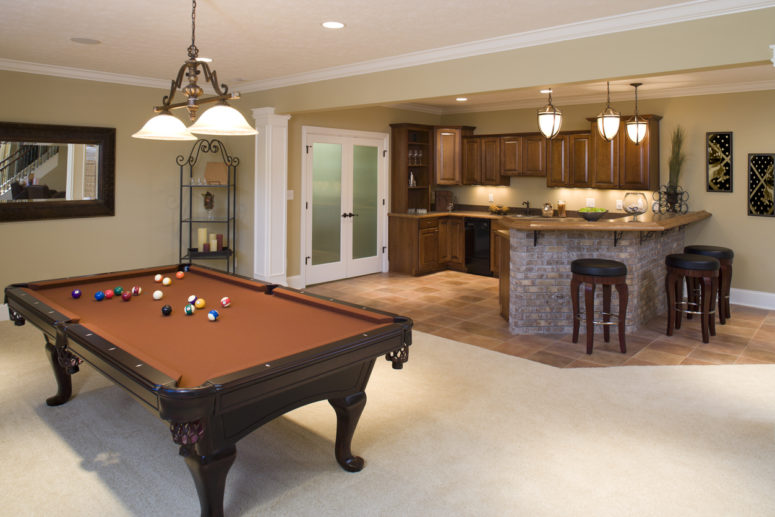
I have done several proposals lately for people who are finishing an unfinished basement. They are always shocked to find their existing equipment isn’t large enough to do the job. Or if it is large enough, they can’t simply tap into the duct work handling the floor above to heat and cool their lovely new space. Many times these “do-it-yourselfers” head out to Home Depot, purchase a few hundred dollars-worth of miscellaneous flexible duct work, boots, elbows and grills, head back home and waste an enormous amount of time and money, only to discover they not only do not have the proper tools, they do not understand the simple concepts of how to use them once they acquire them.
Here are a few things to consider before you embark on this “foolish journey”:
Supply Ducts
If you tap into the supply ducts handling the space above, you will be robbing that space of conditioned air needed to keep it comfortable. This will have the effect of leaving both spaces uncomfortable. Your new space must have its own duct work, usually run directly from the furnace or air handler. This alone will not create the kind of comfort control you need since the basement level will nearly always be cooler in the summer and require less conditioning – with the opposite true in the winter.
How can you remedy this problem? You can either install a completely separate system for your basement or add zone control to your exiting system. So, you might ask, what is zone control and how does it work?
Zone Controls
Zone control requires the installation of electronic dampers that open and close to allow air flow in areas of need. Each area of need (zone) is controlled by its own thermostat. There can be as few as two zones or several zones, depending on the type and brand of zoning. In my own home I have one system handling four zones, each zone representing a different environment. Be aware that zoning does not preclude the need for separate duct work for each zone.

